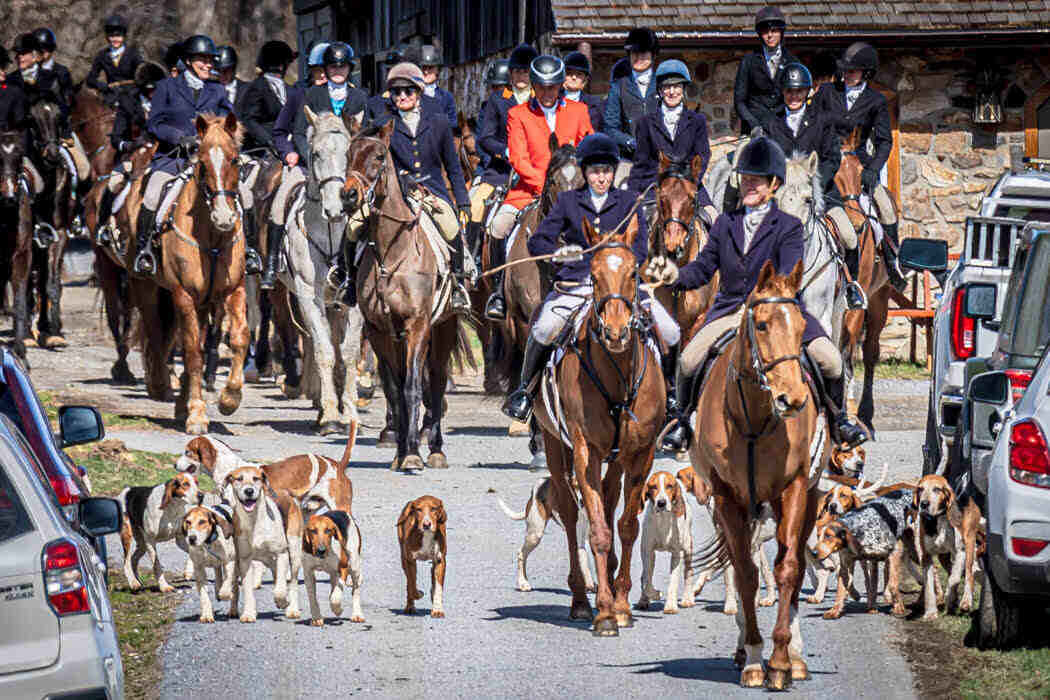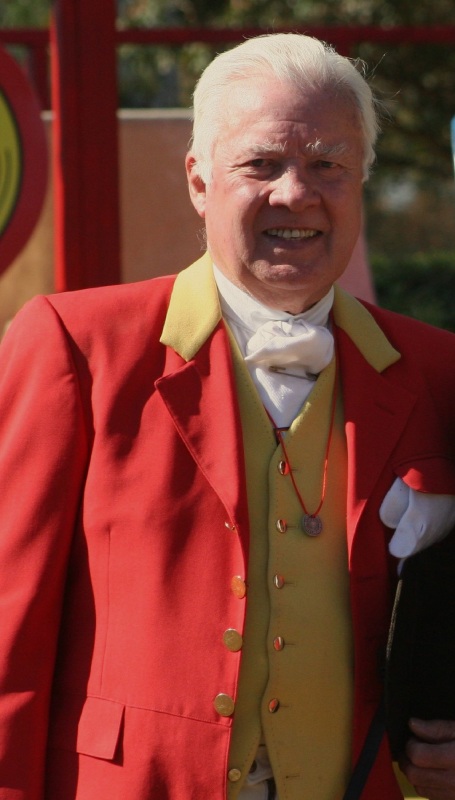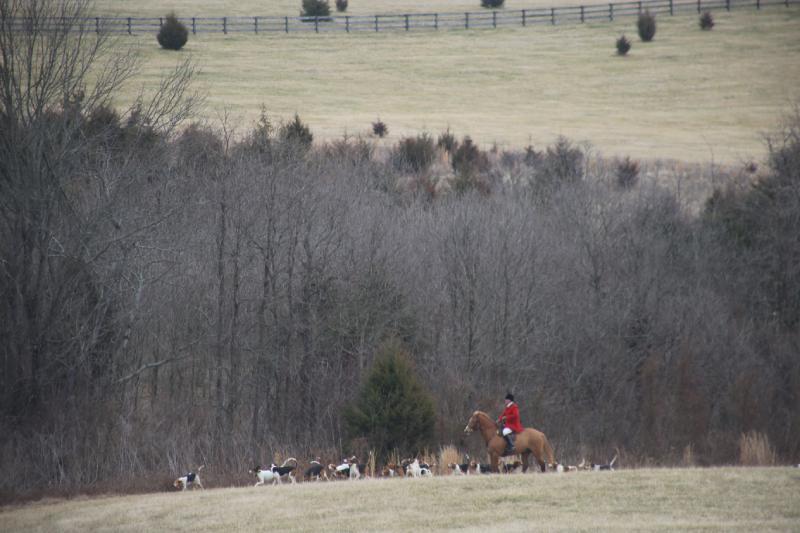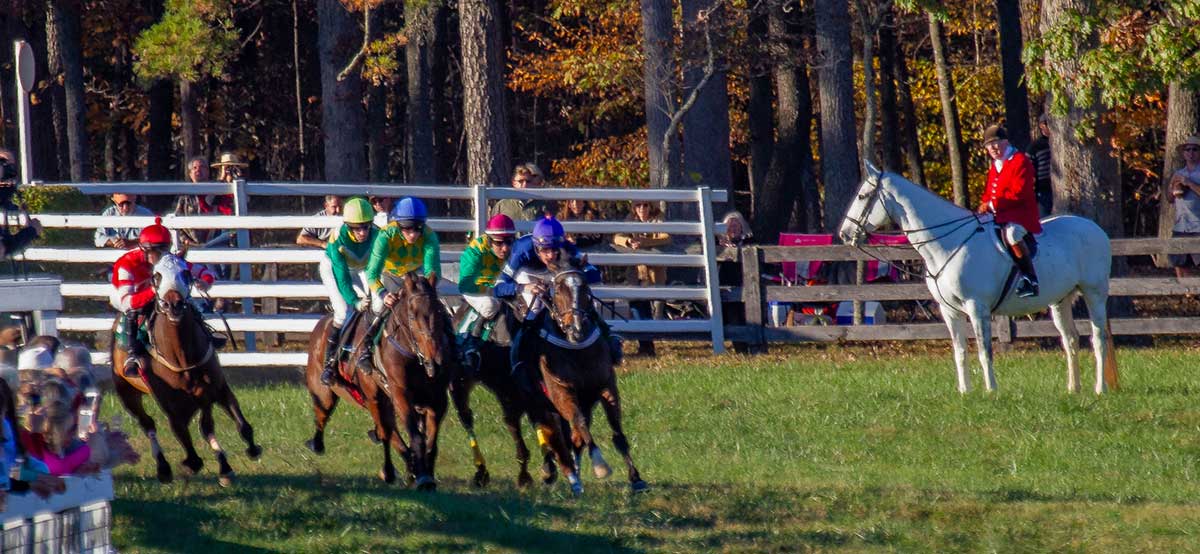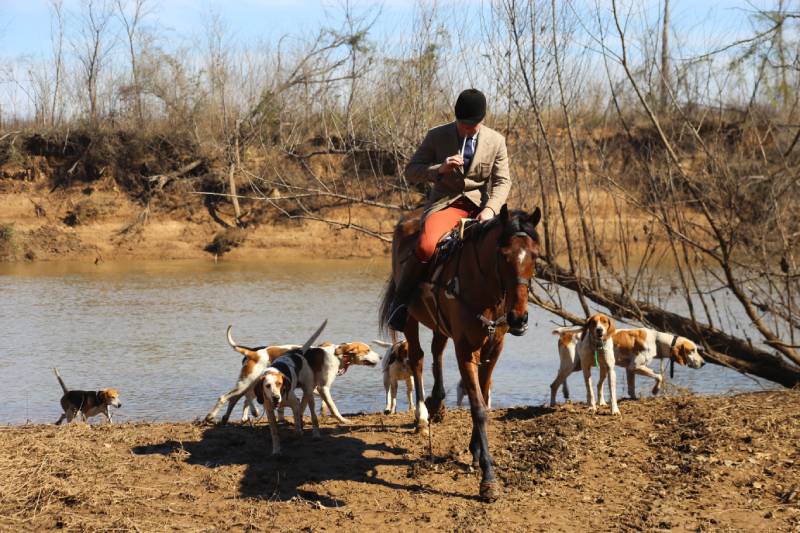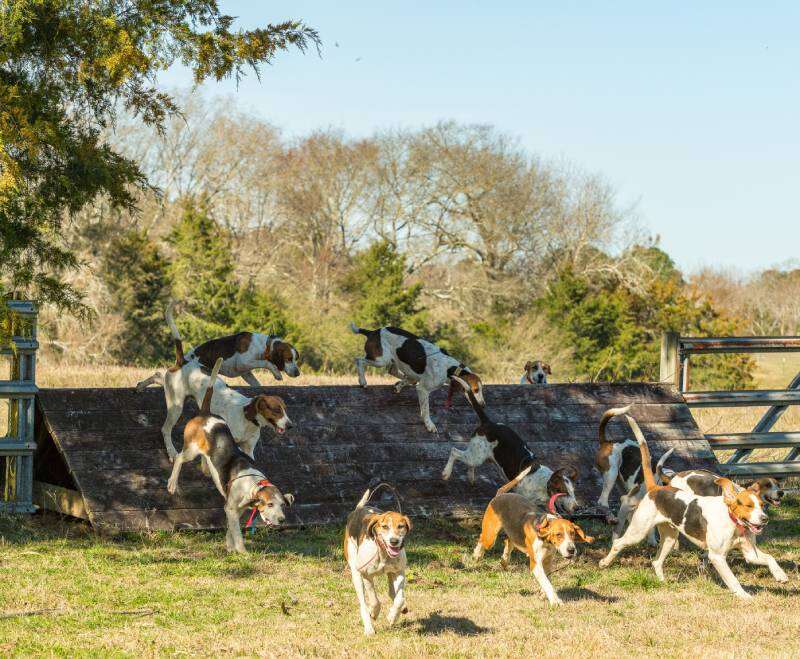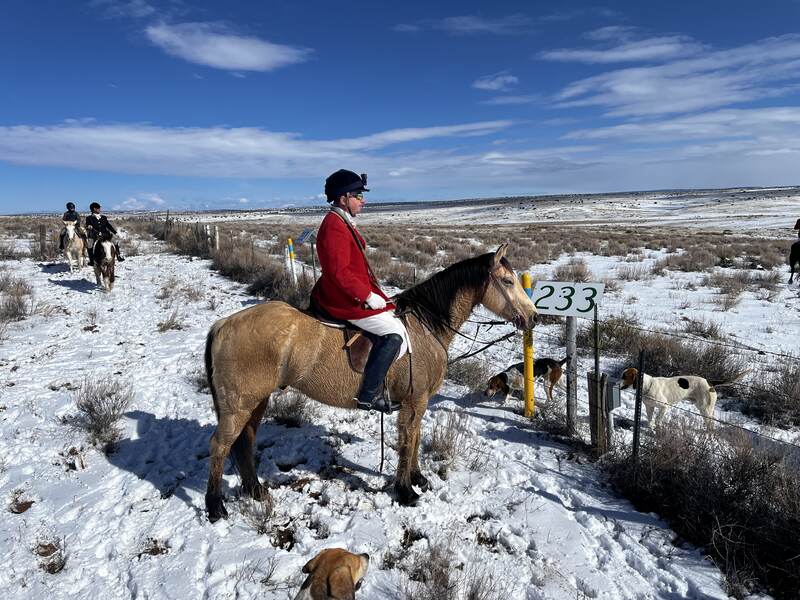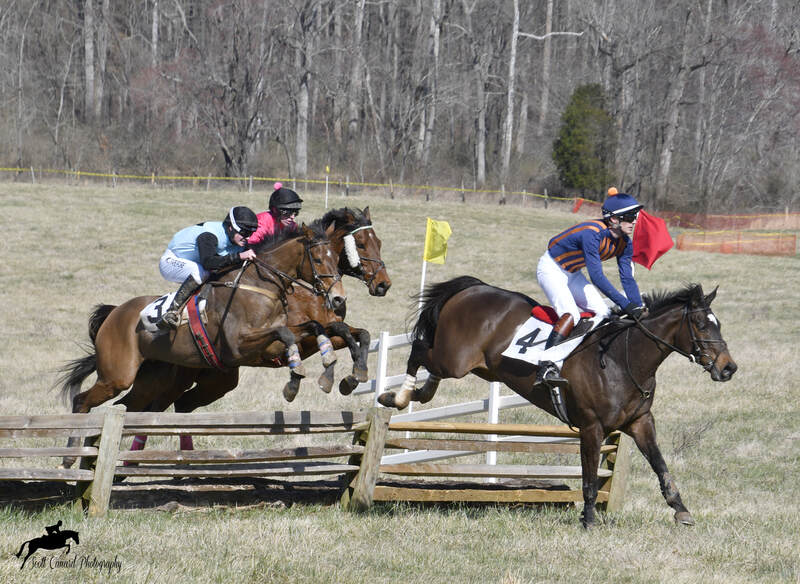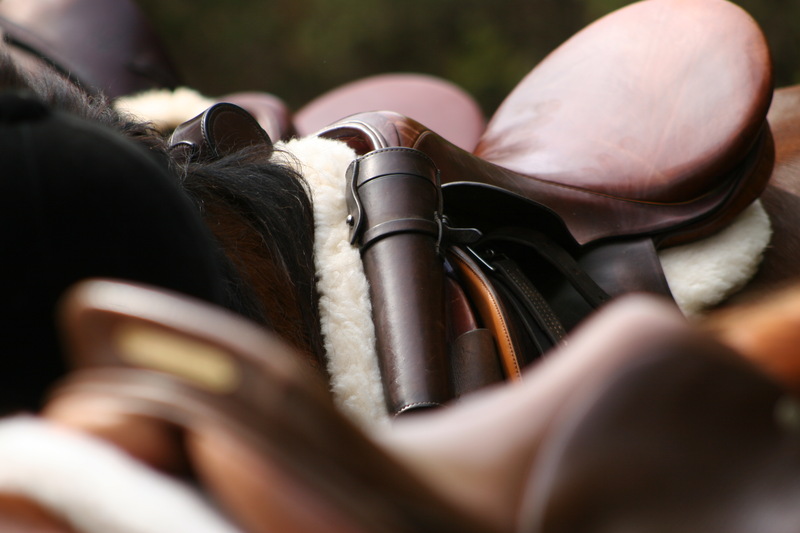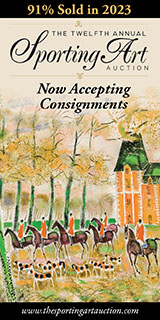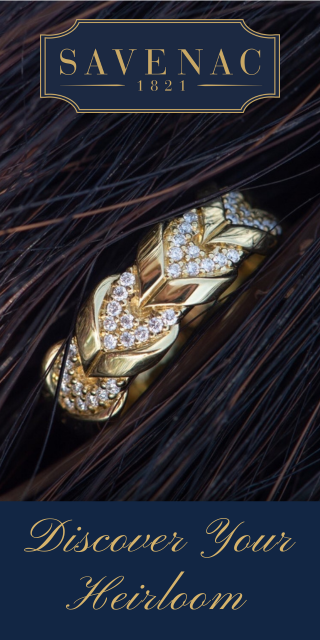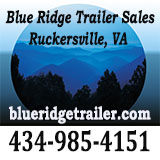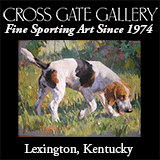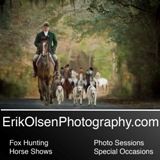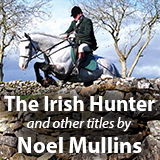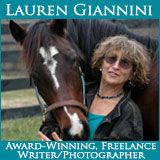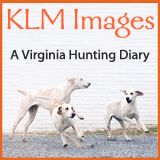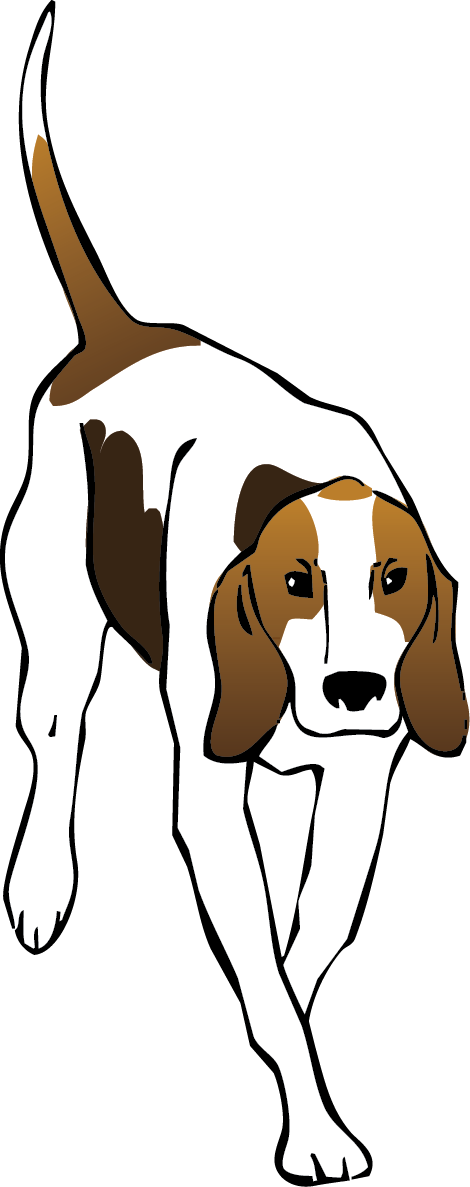
Latest Foxhunting Articles
Mr. Stewart’s Cheshire Foxhounds 2024 Vixen Hunt
On International Women’s Day, Wagner’s “Flight of the Valkyries” played from a boombox at the meet as the hounds lead the hunt away to start the day. Jumping four-plank fences as they came, led Olympian Boyd Martin, the only man out that day, over 120 women enjoyed a great day in timber country putting three foxes to ground.
Read More
Charles William Lewis, Sr., 1940-2024
I was saddened to hear about the passing of Charlie Lewis, the larger-than-life Master of Belle Meade Hunt. My first memory of Charlie was about eight years ago when Tennessee Valley had its first joint meet with Belle Meade. At the meet, during announcements, Charlie invited us all to ride up front with him but cautioned us to be careful. He said that a group from Virginia had come down the month before and four of them fell off on the first day. He smiled and said in that slow, deep Geogia drawl, “We haven’t found those ladies yet, so keep your eyes open for ‘em!”
Read More
Better Living Through Titanium Road Trip, Part Five
In February 2024 I decided to take a road trip to hunt my way across the US and back after finally being cleared to ride again after a massive back surgery. After hunting in New Mexico, Georgia, and South Carolina, Virginia was my next stop.
Read More
Outrider Seminar
In late February of 2024, the Foxfield Races Office in Charlottesville, Virginia held a seminar for the outriders of the local steeplechases and point-to-points.
Read More
Better Living Through Titanium Road Trip, Part Four
In February 2024, I decided to take a road trip to hunt my way across the US and back after finally being cleared to ride again after a massive back surgery.
Read More
Better Living Through Titanium Road Trip, Part Three
In February 2024 I decided to take a road trip to hunt my way across the US and back after finally being cleared to ride again after a massive back surgery. These were my fourth and fifth hunts for the month.
Read More
Better Living Through Titanium Road Trip, Part Two
In February 2024 I decided to take a road trip to hunt my way across the US and back after finally being cleared to ride again after a massive back surgery. This was my third hunt for the month, and the second in New Mexico.
Read More
Gold Cup Press Release
Riders Up! Saturday, March 2nd, 2024 the Rappahannock Hunt will host its Annual Point-to-Point Race in Boston, VA. The races will take place at The Hill, located at 13257 Durantes Curve, Boston, VA 22713 (off Rt. 522). Bring your family, friends, and colleagues!
Read More
Independence Foxhounds Announce The End of Their Hunt Club
On February 10, the Masters of Independence Foxhounds announced that they were closing the hunt club. The three Masters are John Dorrier, Jr., Candida Scott, and David Rowe. Candida Scott, also the huntsman, released the following statement.
Read More

